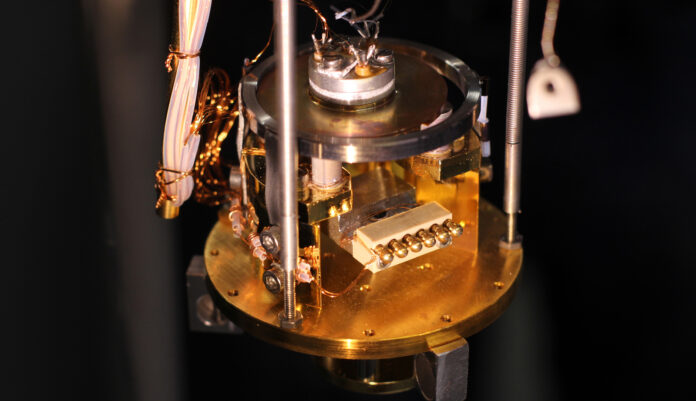Introduction to Molecular Masonry
Building a wall with bricks is a relatively simple task that requires some skill. However, when it comes to the microscopic world, the "bricks" that constitute matter, atoms and molecules, show much more unpredictable behavior. Scientists have been using scanning tunneling microscopes to handle atoms and molecules at the nanoscale, but the process has been manual and prone to error. This is because the behavior of molecules at these scales is exceptionally complex, making it difficult to manipulate them without breaking chemical bonds.
The Challenge of Molecular Manipulation
The problem with manual manipulation is that the microscope operator has to adhere the molecule to the cone of the microscope and then move it carefully to avoid breaking the chemical bonds. This process is similar to those fairground attractions where a teddy bear is picked up with a mechanical claw. The operator has to be extremely precise and gentle to avoid damaging the molecule. However, this process is time-consuming and often results in failure.
Artificial Intelligence to the Rescue
Fortunately, researchers at the Jülich Institute of Quantum Nanoscience in Germany have developed a technique that uses artificial intelligence and machine learning to manipulate molecules. Specifically, they used a sub-discipline called reinforcement learning, which penalizes error and rewards success. This technology has been used in other fields, such as allowing Google’s AlphaGo Zero to beat a human in the game of Go.
A Learning Process with Changing Rules
The researchers used the AI system to remove molecules integrated into a complex network of chemical bonds. These molecules, called perylenes, are used in the manufacture of inks and OLED diodes for television screens and cell phones. The challenge was to determine the optimal movement to remove the molecule without breaking the chemical bond. The AI system practiced over and over again until it learned the optimal movements. However, the atoms that make up the microscope’s tip can also shift slightly, which alters the level of force to be applied. This is like changing the rules in the middle of a game, making it even more challenging.
Accelerating the Learning Process
To accelerate the learning process, the researchers used a simplified simulator in parallel to the physical manipulation of the molecules. This is the first time that nanotechnology and artificial intelligence have been combined. The simulator allowed the AI system to learn faster and more efficiently, making it possible to manipulate molecules with greater precision.
Conclusion
The use of artificial intelligence and machine learning in molecular manipulation is a significant breakthrough. It opens the door to the 3D printing of functional supramolecular structures, which will make it possible to manufacture molecular transistors or cubits, the scaffolding of quantum computing. This could be the start of a new era of molecular masonry, where scientists can build complex structures at the molecular level with greater precision and accuracy. The possibilities are endless, and this technology has the potential to revolutionize various fields, from electronics to medicine.

